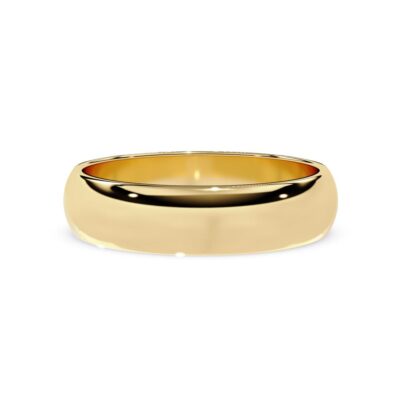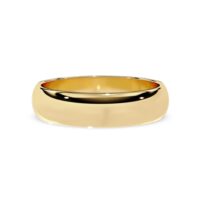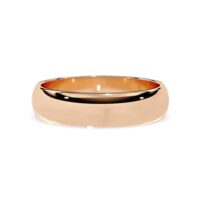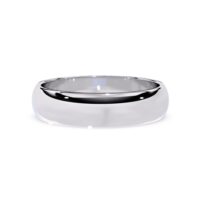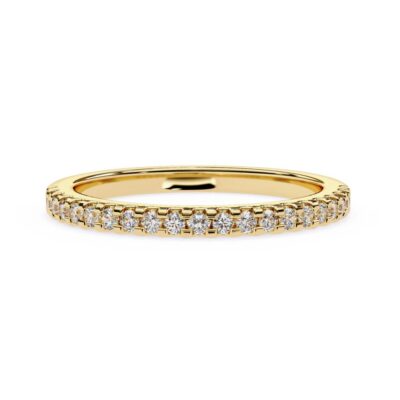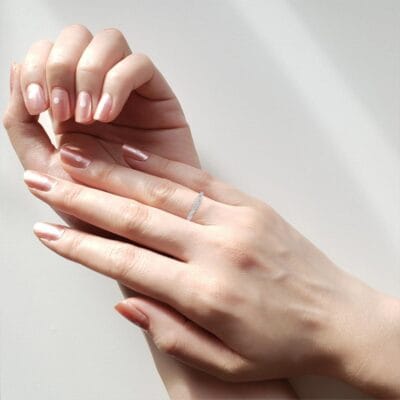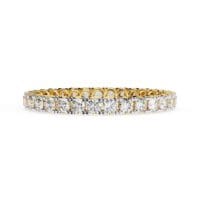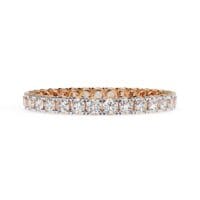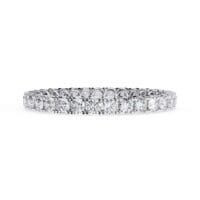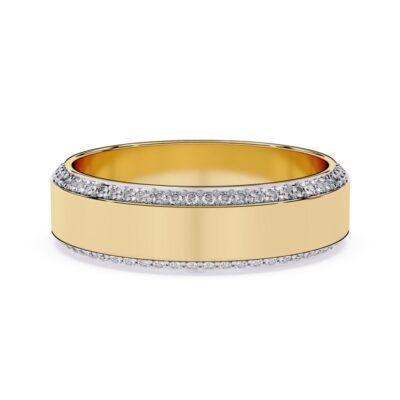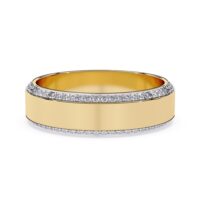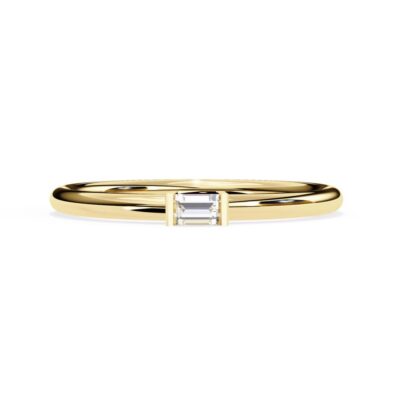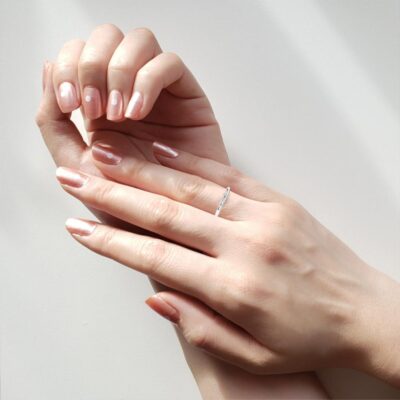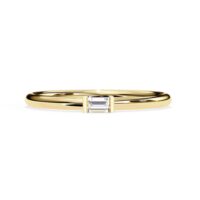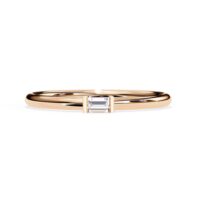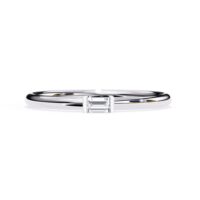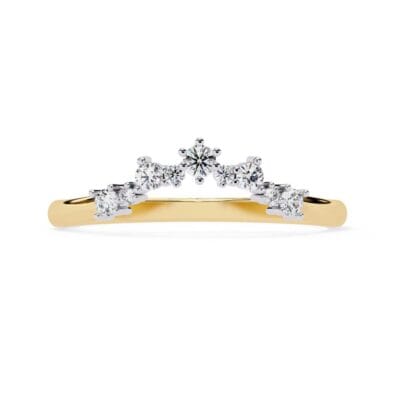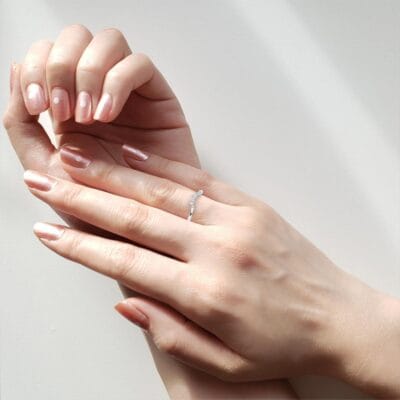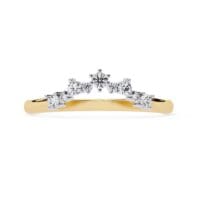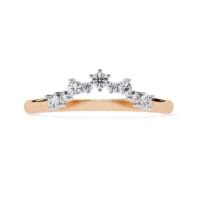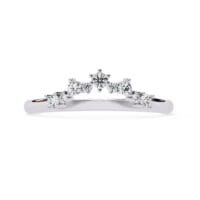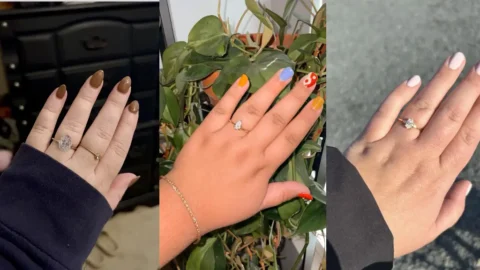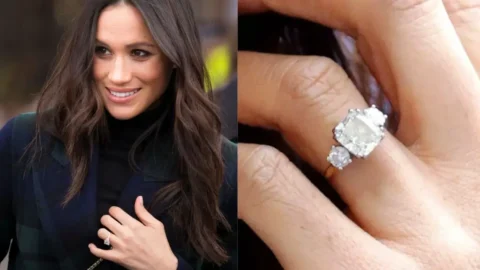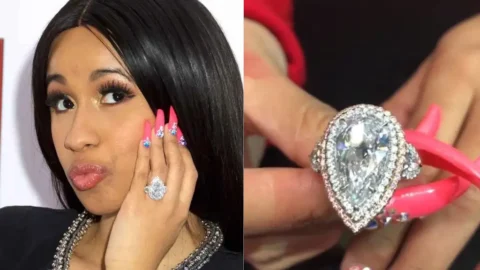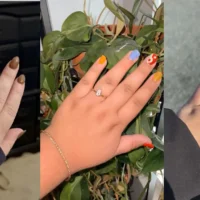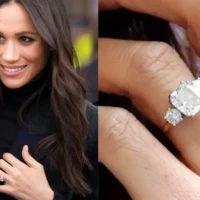Jewelry has long been used not just for decoration but also for self-expression, status, and symbolism. Among the various pieces one can wear, thumb rings stand out as bold and often mysterious accessories. Their placement on the thumb—a digit separate from the rest—already suggests uniqueness and purpose. But what exactly does a thumb ring mean?
In this article, we’ll explore the history, cultural associations, and modern interpretations of thumb rings to help decode their significance.
Historical Roots of the Thumb Ring

The use of thumb rings dates back thousands of years. One of the most well-documented uses comes from archery. In ancient cultures across Asia—particularly in China, Mongolia, and the Middle East—thumb rings were worn by archers to protect their thumbs while drawing the bowstring. These rings were often made from bone, horn, jade, or metal and were practical tools as well as symbols of military skill and status.
In Ancient Rome, thumb rings (especially those made of gold or iron) were sometimes worn by high-ranking officials or wealthy citizens. They served not only as status symbols but also as seals, engraved with family crests or identifying marks used to stamp documents.
Over time, the thumb ring’s utility faded, but its symbolic power grew.
Cultural Significance Around the World
The meaning of a thumb ring has varied greatly by region and era:
- China: In imperial China, jade thumb rings (known as she) were worn by nobility, scholars, and military leaders, representing wisdom, power, and refinement.
- India: Thumb rings sometimes signified royalty or spiritual strength, particularly when crafted from sacred metals or stones.
- Middle East: In Persian and Ottoman societies, thumb rings worn by elite archers came to reflect bravery and elite training, often signifying rank in the military.
Even today, some cultural groups preserve the thumb ring’s legacy as a symbol of authority and prestige.
Modern Interpretations: What Does It Mean Today?
In contemporary times, thumb rings are worn for a variety of personal reasons. Here are some common interpretations:
Individuality and Confidence
The thumb is an unconventional place to wear a ring, and those who do often want to stand out. A thumb ring is frequently seen as a symbol of independence, nonconformity, and self-confidence.
People who wear rings on their thumbs are often viewed as bold and assertive. It may also indicate someone who doesn’t follow trends but rather sets them.
Power and Will
In palmistry and other metaphysical systems, the thumb is associated with willpower, logic, and self-control. A ring on the thumb may symbolize the wearer’s desire to strengthen these traits or reflect them outwardly.
Wearing a thumb ring on the dominant hand can signify outward ambition and control over one’s environment, while on the non-dominant hand, it may represent internal strength or emotional discipline.
Gender Expression and Empowerment
Some people use thumb rings as a symbol of gender identity, sexual freedom, or empowerment. For example, women may wear a thumb ring to assert autonomy and strength, while men might use it to break free from traditional fashion norms.
In some LGBTQ+ circles, thumb rings—especially worn on the right hand—have been quietly used as a non-verbal signal of identity, though such meanings are neither widespread nor universally recognized today.
Fashion and Personal Style
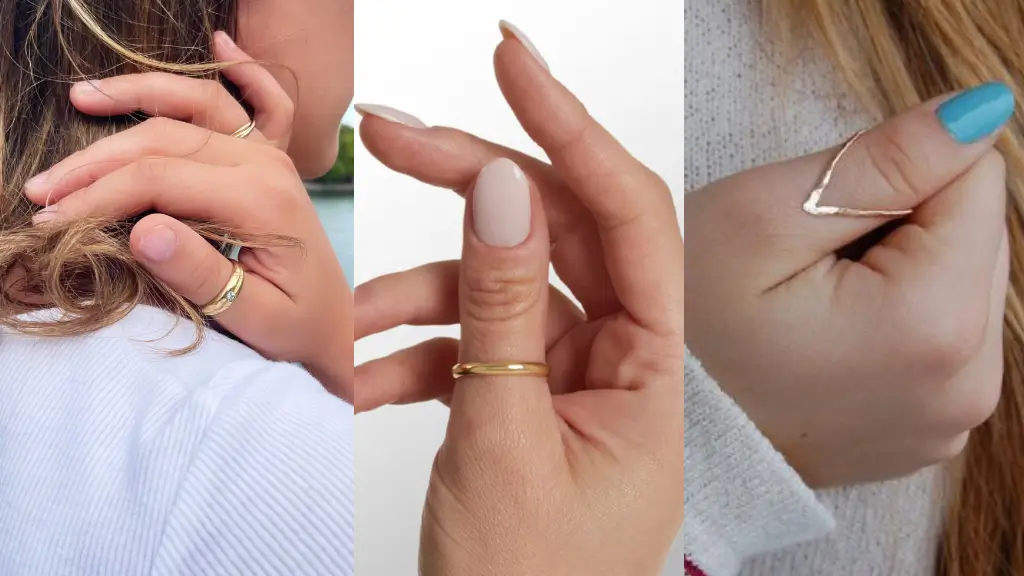
Of course, for many wearers, a thumb ring doesn’t need to have any deep meaning at all. It’s simply a fashion choice. Designers often create thumb rings with bolder, chunkier designs that stand out. Since the thumb is thicker than other fingers, it allows for larger and more dramatic pieces that might not fit comfortably elsewhere.
Some people pair thumb rings with minimalist jewelry for a sleek look, while others stack multiple rings on different fingers, including the thumb, as a form of personal style expression.
Does Which Hand Matter?
Yes, for some interpretations, the hand you wear your thumb ring on can make a difference:
- Left Thumb: Often associated with internal qualities like introspection, emotional balance, and personal beliefs.
- Right Thumb: Linked to action, control, and ambition—essentially, how you engage with the world.
That said, these interpretations are fluid and not set in stone. Ultimately, meaning comes from personal intention.
Final Thoughts
So, what does a thumb ring mean?
It could mean you’re honoring a cultural tradition, asserting your independence, signaling inner strength, or simply wearing something that looks good. Like most accessories, its meaning is flexible, shaped by history, culture, and personal narrative.
Whether practical, spiritual, symbolic, or fashionable, thumb rings continue to hold a unique place in the world of adornment. And that’s part of their appeal: bold, versatile, and unmistakably personal.



